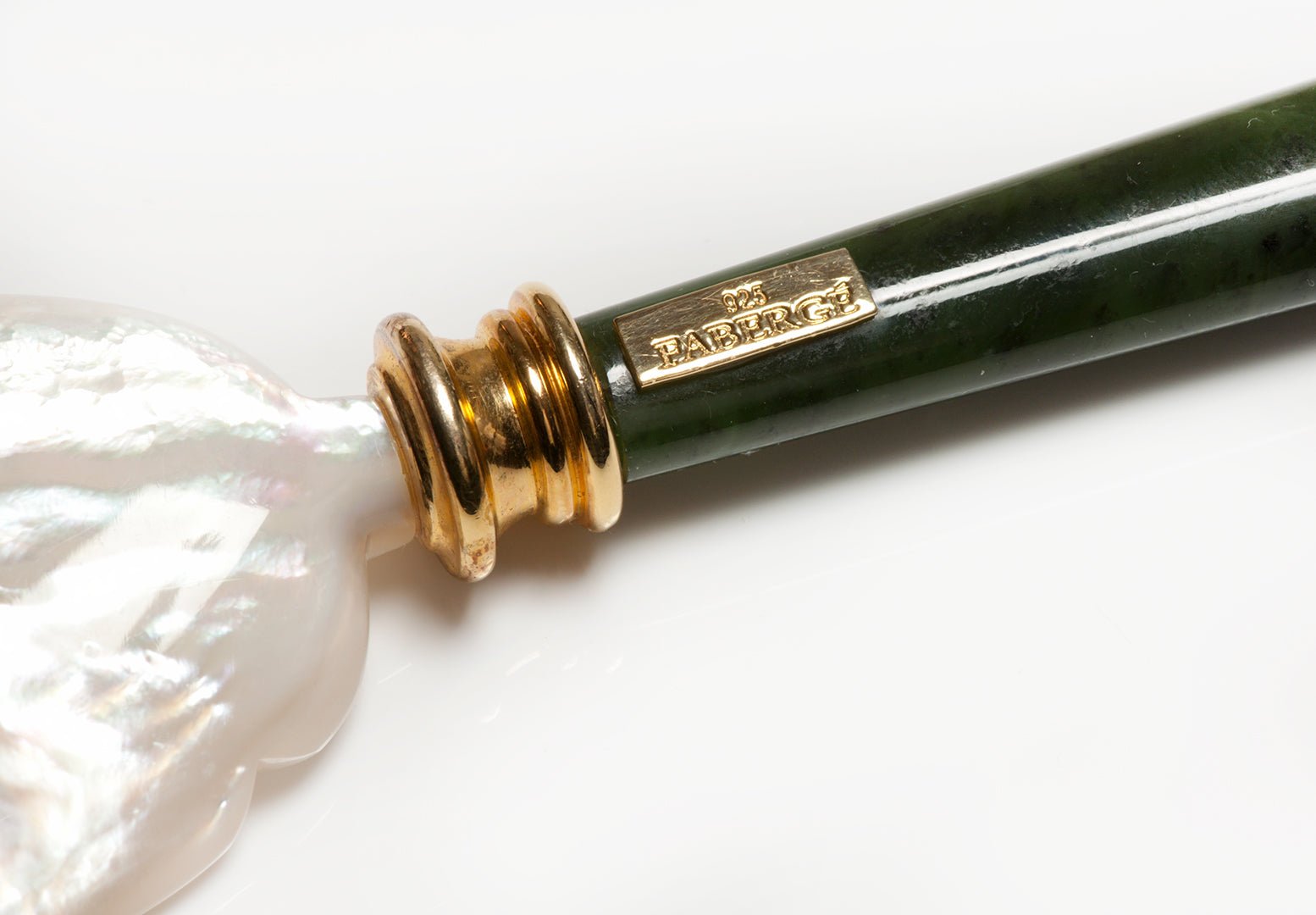
The Legendary House of Fabergé Part (II)
It is wrong to claim that the creations of the brilliant designer of "La Belle Epoque" Pierre Carl Fabergé belong to artistic eclecticism, or to Art Nouveau, they transcend these styles.
The eclectic artistic current of the 19th century known as "historicism" sought to reproduce, purifying and synthesizing, art forms from past historical eras or to imitate the work of historic artisans. Typical examples of this movement are the reproductions of furniture design, jewelry, architecture, and decorative arts in Gothic, Renaissance, or Baroque styles.
By 1895, after traversing the entire repertoire of artistic forms of very distant epochs in time, "historicism" is already beginning to be inspired by the style of Louis XVI, which is quickly overshadowed by the emergence of Art Nouveau. This new artistic movement was permanently detached from the other historically established forms.
The Unique Style of the Fabergé House
In turn, Fabergé seeks his very special inspiration in the Renaissance and Baroque forms, undoubtedly impressing with the dazzling vision that the city of Florence offered him in his youth. The collection in Palazzo Pitti with its polychrome marble reliefs and semiprecious stone mosaics made at the Opificio delle Pietre Dure, but also the enamels from the Tuscan Renaissance, must have left a deep impression on the young Pierre Carl Fabergé.The Gothic elements we find in many Fabergé pieces also reflect the early years that the famous jewelry designer spent in Frankfurt. Fabergé's work, in the Renaissance, Gothic, or Baroque style, made a huge impression on all of Europe.
Pierre Carl Fabergé was later inspired by the style of Louis XVI and the "Empire", being the only one to become hugely successful in Russia.
The rigidity of the "Empire" forms of inspiration, which characterizes Fabergé's last period of creation, gives his works a note of traditional elegance, which harmonized perfectly with the political beliefs of the conservative class.
The Style of Fabergé Isn't Part of Any Known Art Current
Although Fabergé never reproduced historical styles, and only responded to the taste of his time, he also made jewelry pieces in Art Nouveau style - an artistic movement whose main representative in the field of jewelry was the famous Parisian designer René Lalique.What then is Fabergé's style? It can be said that he "wrote history" not being the founder of a movement. He worked on Art Nouveau pieces, but his objects have great originality, being impossible to frame into an art current. One thing is certain: his creations are absolutely fascinating, especially the objects for personal use, which do not present an excessive decoration, an approach that best highlights the purity and beauty of the form.
We can mention as an example the personalized design of the gold cigar cases or the "design Fabergé" cigarette cases that have become famous all over the world and that are reproduced in different jewelry centers in Europe and America.
















